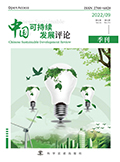参考文献
[1] 王弟海, 崔小勇, 龚六堂. 健康在经济增长和经济发展中的作用———基于文献研究的视角[J]. 经济学动态, 2015(8): 107-127.

